- »2100« Berlin, 2022
- »Starry Night« Stockholm, 2020
- Group Exhibition »Geopoetics« Mexico City, 2020
- Group Exhibition »After Finitude« Mexico City, 2018
- »Naturgemälde« Berlin, 2018
- »Pale Blue Dot« Stockholm, 2016
- »Silent Spring« Berlin, 2014
- Group Exhibition »PAINT / IMAGE / BILD / FARBE« Berlin, 2013
- »New Painting« Stockholm, 2012
- cv-pf-2023_05.pdf
-
John Tremblay: Paul Fägerskiöld.1 April, 2021, Brooklyn, NY, in: Paul Fägerskiöld, Blue Marble, Kunstmuseum Thun, 2021
-
Katrin Sperry: The Symphony of Humanity, in: Paul Fägerskiöld, Blue Marble, Kunstmuseum Thun, 2021
-
Stefanie Hessler: Paul Fägerskiöld "Pale Blue Dot" at Galerie Nordenhake Stockholm, ArtReview, Summer 2016
-
Andreas Nilsson: Abstraction's Political & Infinite Range, Fredrik Roos Art Grant 2013: Paul Fägerskiöld, Moderna Museet Malmö, 2013
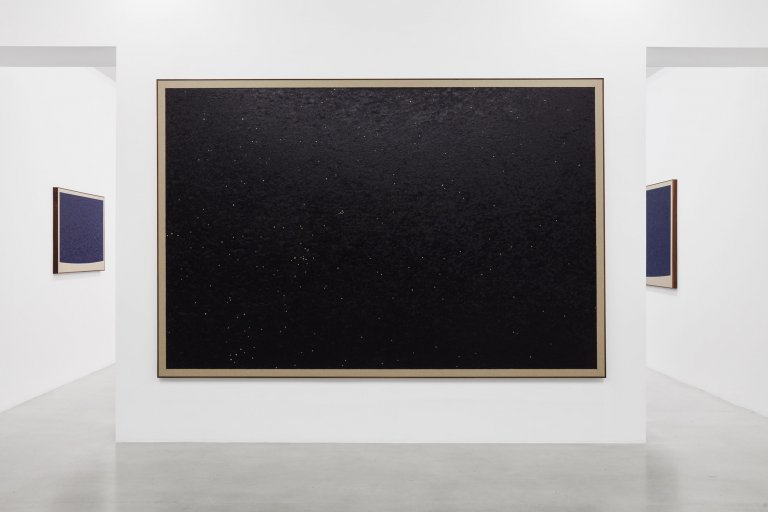
Paul Fägerskiöld »Starry Night«
Stockholm, August 20, 2020 - September 26, 2020
Paul Fägerskiöld presents a suite of darkly lustrous, large-scale paintings for his third solo exhibition at Galerie Nordenhake Stockholm. In this extrapolation of the core themes of his Landscape series of paintings Fägerskiöld has charted positions of astronomical bodies observed from specific locations and dates in the past and future - a literal exploration of space and time, across a flat plane.
The title of the exhibition, Starry Night, is the name of the computer software Fägerskiöld has used to select his views of the cosmos. The program can calculate views from any location on Earth and the near universe (the solar system, the nearby Milky Way, or local group of galaxies) at any date and time for thousands of years in the past and future. Starry Night is also the English title of one of Vincent van Gogh's most renowned paintings, painted in 1889, portraying bright stars and the moon over an imagined landscape from the window of his asylum room in Provence, France.
For years Fägerskiöld has explored ideas relating to the experienced landscape in his practice. The fundamental geometries of the sun, moon and horizon have been defining elements in the origins of human cognition and development of language and cosmologies. The sun and visible objects in the night sky have generated belief systems populated by powerful deities and navigational systems to mediate our passage towards the horizon. Fägerskiöld is interested in how this relationship to our visible landscape and skyscape constitutes the origin of our concept of time and creates knowledge and meaning via image-making. Using this software it is possible to observe objective views of the universe, but these views are not meaningful without a subjective time and place, when they become constructed images, in this case within the tradition of painting.
With this epic subject matter Fägerskiöld has created a suite of paintings that depict views beyond our possible experience. Two large paintings with concave horizons show the north and south views of the night sky from Stockholm 97 980 years from now (the furthest date possible to calculate using the software), the 1st January in the year 100 000 in the Gregorian calendar. In another suite of four paintings, hung to surround the viewer, Fägerskiöld instead uses the parameters of an ancient technology. Taking their view point from the centre of the sun in four directions the paintings project the cosmos on the date of the new cycle of the Mayan calendar, 13th October 4772. The subject is both romantic and desolate. These views lie beyond the Anthropocene, untouchable by human behaviour.
Like the changing character of the horizon as one approaches it, Fägerskiöld is interested in the perceptual qualities of his paintings. As one draws close, the deep dark monochrome surface reveals its undulating brushstrokes and underlying pigments. The austere scale opens up to intimate small details of unpainted surface. In the act of beholding them the paintings occupy a labile position, shifting between image, diagram and surface.
Paul Fägerskiöld was born in Stockholm in 1982 where he now lives and works. He was educated at the Royal Institute of Art, Stockholm and at the Academy of Fine Arts in Vienna. In 2013 Moderna Museet, Malmö presented a solo exhibition of Fägerskiöld’s work in connection with the Fredrik Roos Art Grant. He recently presented work in the exhibition The Trees, Light Green, Bonniers Konsthall, Stockholm (2020). Solo exhibition venues include Borås Konstmuseum, Borås (2019), Jönköping County Museum, Jönköping, Prince Eugen's Waldermarsudde, Stockholm (2018). Group exhibitions include My Abstract World, me Collectors Room Berlin / Olbricht Foundation, Berlin (2017) and Prefer Life, Reydan Weiss Collection, Weserburg, Museum of Modern Art, Bremen, Swedish Art: Now!, Sven-Harrys Konstmuseum, Stockholm and Break Out!, Frédéric de Goldschmidt Collection, Brussels (2015). In 2018 he was accorded the Åke Andrén Foundation Art Award, the Fredrik Roos Art Award in 2013 and Maria Bonnier Dahlins Award for Young Artists in 2010.
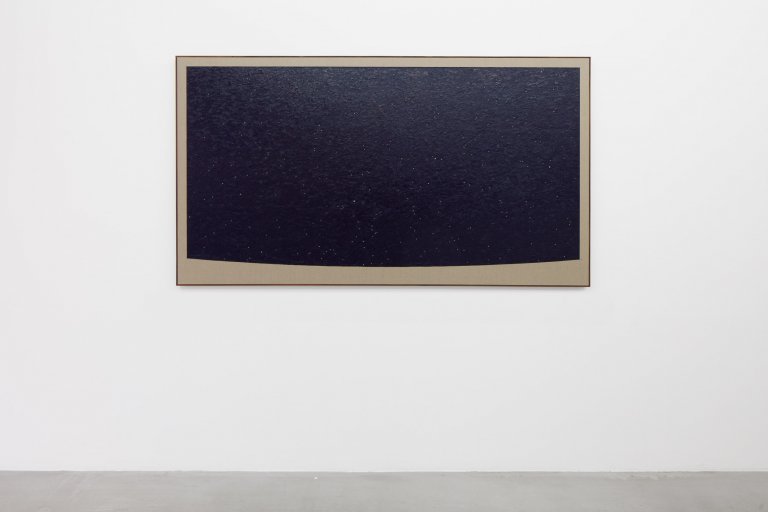
Temple of Kukulcan, Chichen Itza. 21st December 2012. Solstice. View west-southwest towards the sunset., 2020, oil on linen with walnut frame, 110 x 200 cm
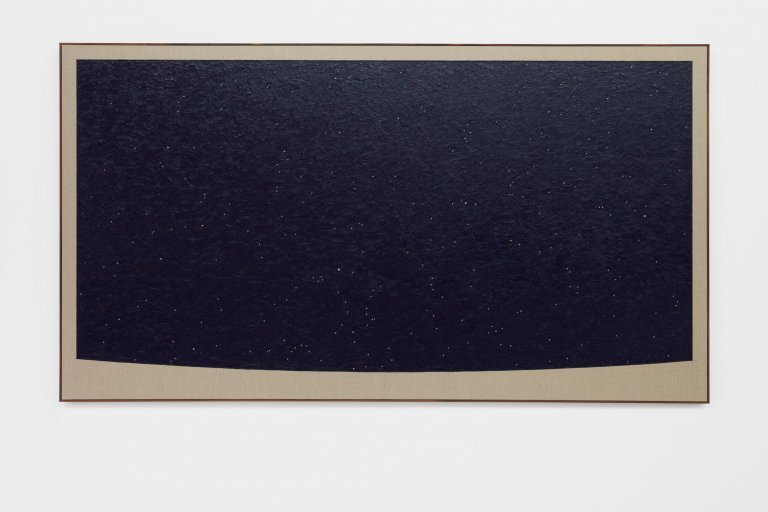
Temple of Kukulcan, Chichen Itza. 21st December 2012. Solstice. View west-southwest towards the sunset., 2020, oil on linen with walnut frame, 110 x 200 cm
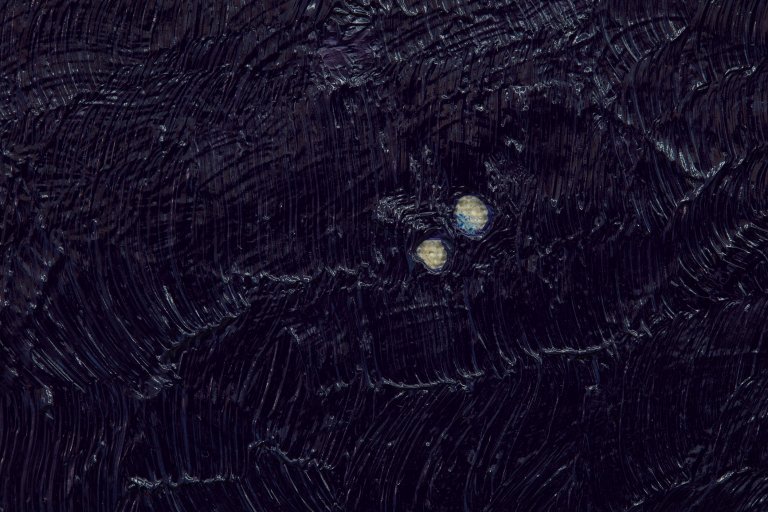
Temple of Kukulcan, Chichen Itza. 21st December 2012. Solstice. View west-southwest towards the sunset., 2020, oil on linen with walnut frame, 110 x 200 cm, detail
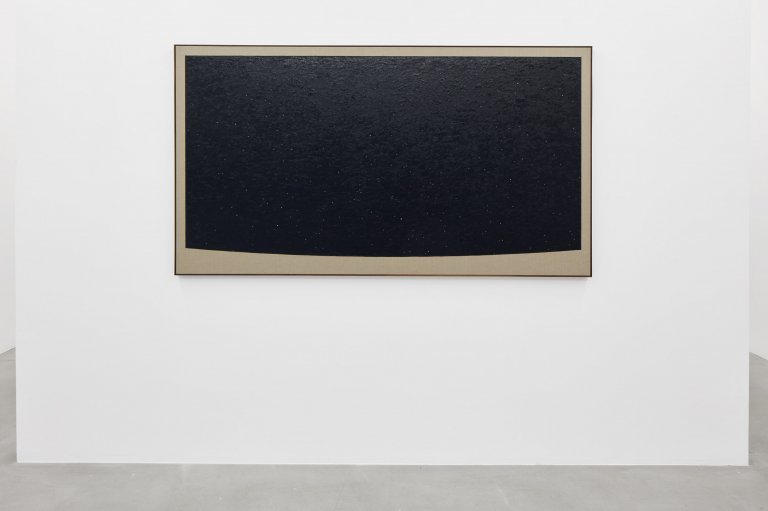
Wurdi Youang. 9th July 13 000bc. Solstice. View west-northwest towards the sunset., 2020, oil on linen with walnut frame, 110 x 200 cm
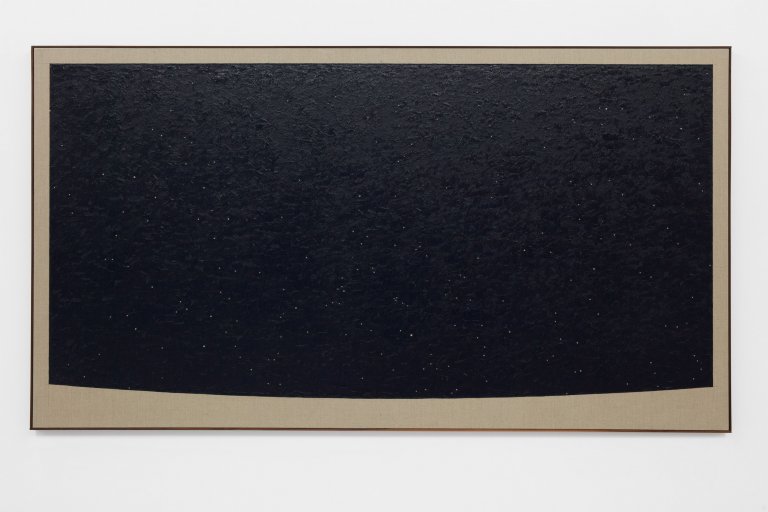
Wurdi Youang. 9th July 13 000bc. Solstice. View west-northwest towards the sunset., 2020, oil on linen with walnut frame, 110 x 200 cm
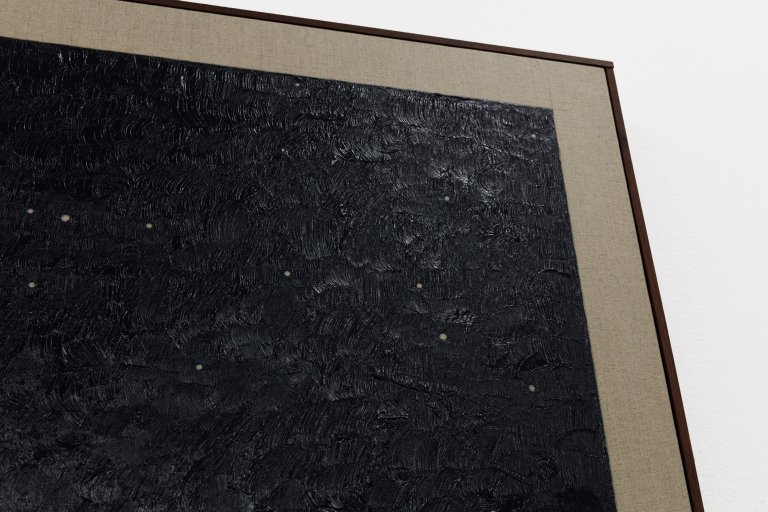
Wurdi Youang. 9th July 13 000bc. Solstice. View west-northwest towards the sunset., 2020, oil on linen with walnut frame, 110 x 200 cm, detail
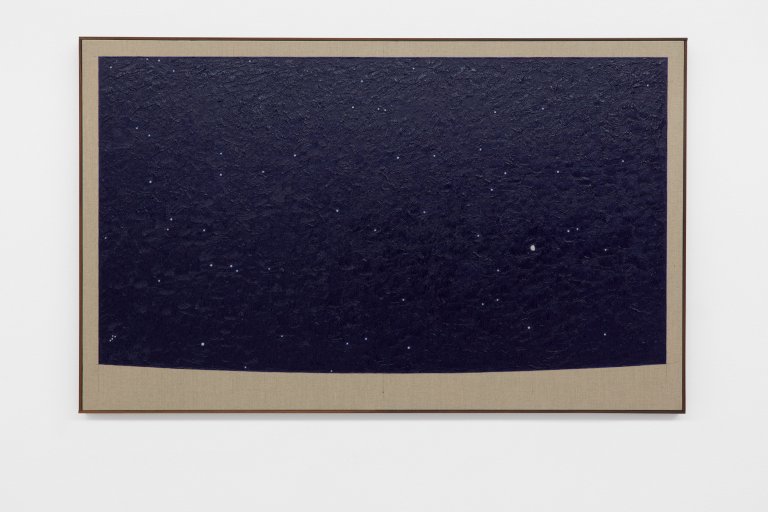
Monastery of Saint-Paul de Mausole, Saint-Rémy-de-Provence. Night between 17-18th June 1889. View east-southeast., 2020, oil on linen with walnut frame, 80 x 130 cm
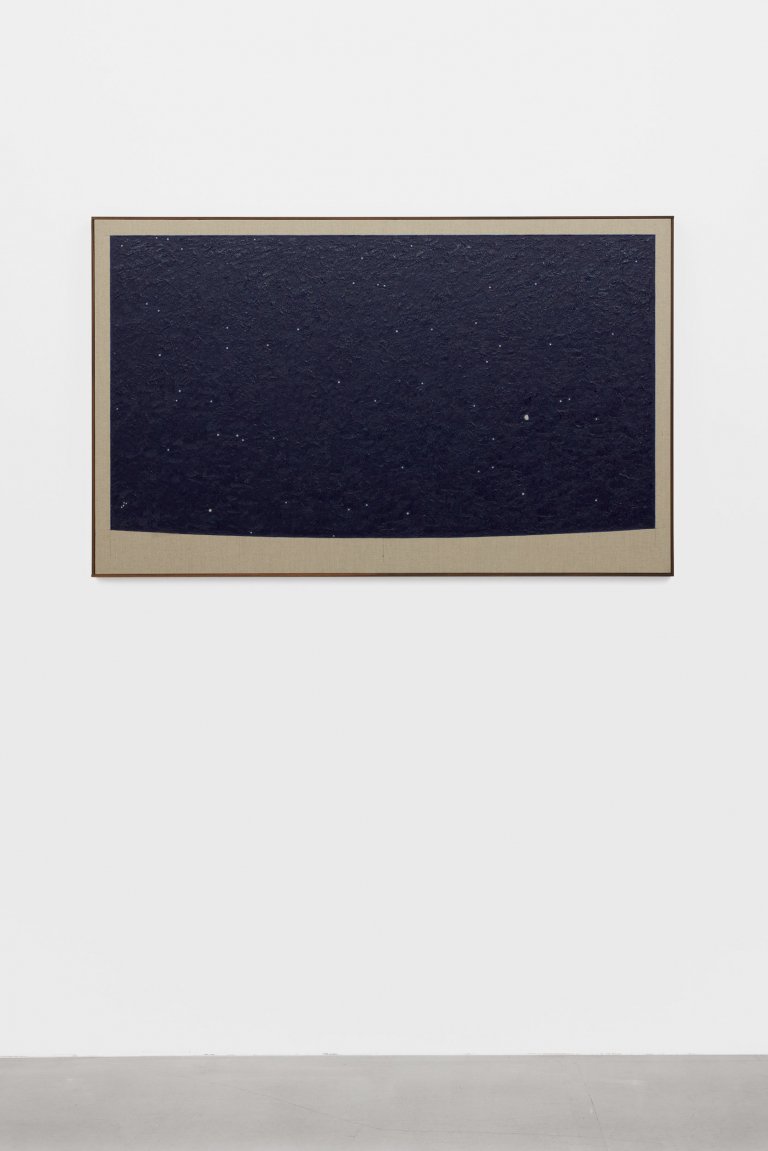
Monastery of Saint-Paul de Mausole, Saint-Rémy-de-Provence. Night between 17-18th June 1889. View east-southeast., 2020, oil on linen with walnut frame, 80 x 130 cm
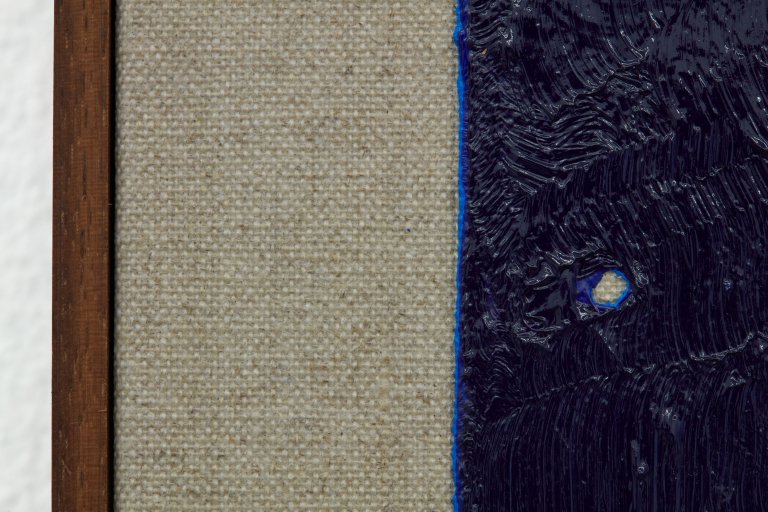
Monastery of Saint-Paul de Mausole, Saint-Rémy-de-Provence. Night between 17-18th June 1889. View east-southeast., 2020, oil on linen with walnut frame, 80 x 130 cm, detail
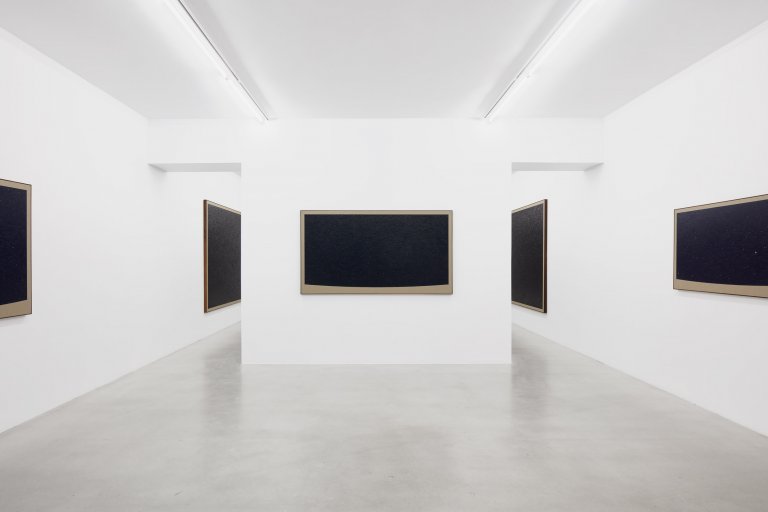
Installation view
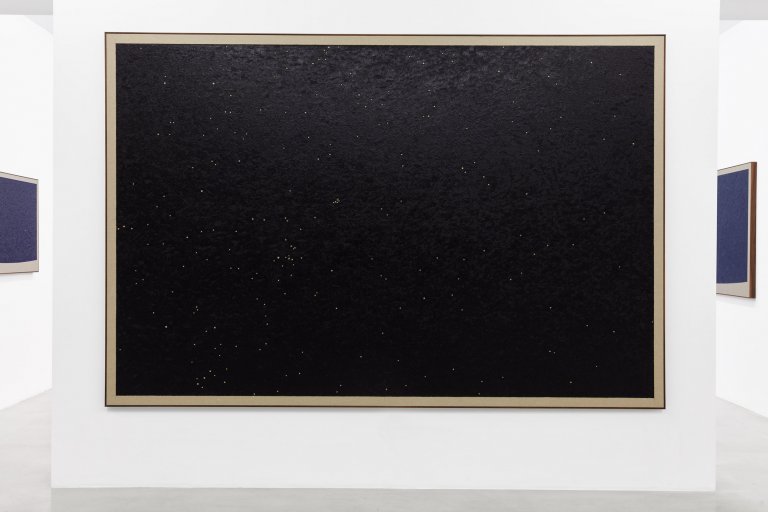
Center of the sun. Friday 13th October 4772. (End of first Piktun in Mayan Long Count calendar. View along the ecliptic.) 180° view towards the position of the Vernal Equinox along the ecliptic as seen from the center of the sun., 2020, oil on linen with walnut frame, 202 x 302 cm
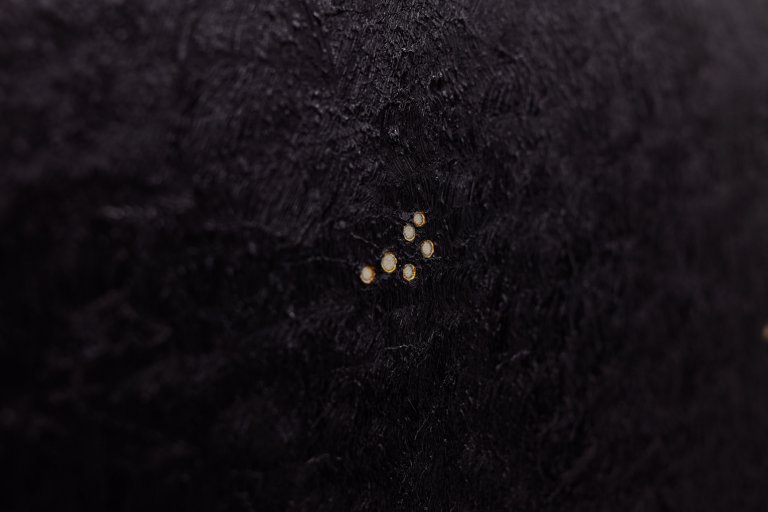
Center of the sun. Friday 13th October 4772. (End of first Piktun in Mayan Long Count calendar. View along the ecliptic.) 180° view towards the position of the Vernal Equinox along the ecliptic as seen from the center of the sun., 2020, oil on linen with walnut frame, 202 x 302 cm, detail
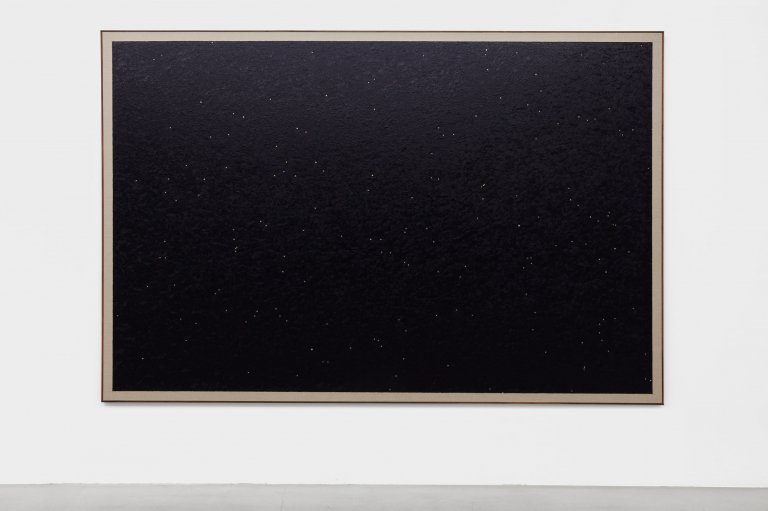
Center of the sun. Friday 13th October 4772. (End of first Piktun in Mayan Long Count calendar. View along the ecliptic.) 270° view towards the position of the Vernal Equinox along the ecliptic as seen from the center of the sun., 2020, oil on linen with walnut frame, 202 x 302 cm
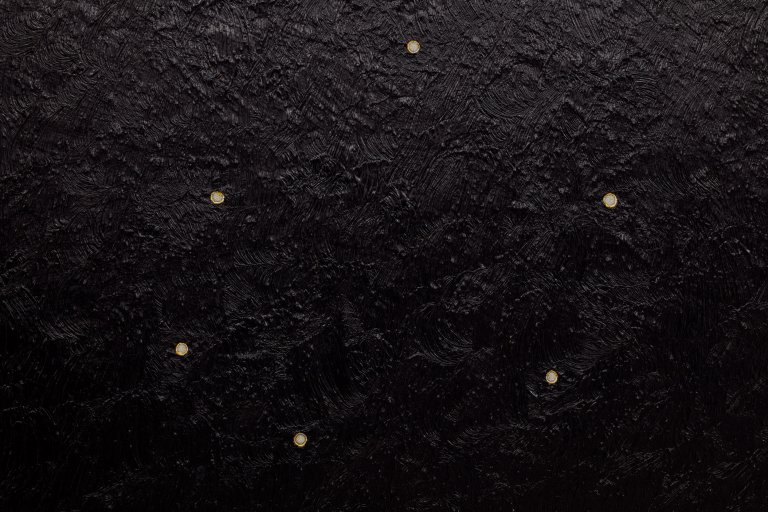
Center of the sun. Friday 13th October 4772. (End of first Piktun in Mayan Long Count calendar. View along the ecliptic.) 270° view towards the position of the Vernal Equinox along the ecliptic as seen from the center of the sun., 2020, oil on linen with walnut frame, 202 x 302 cm, detail
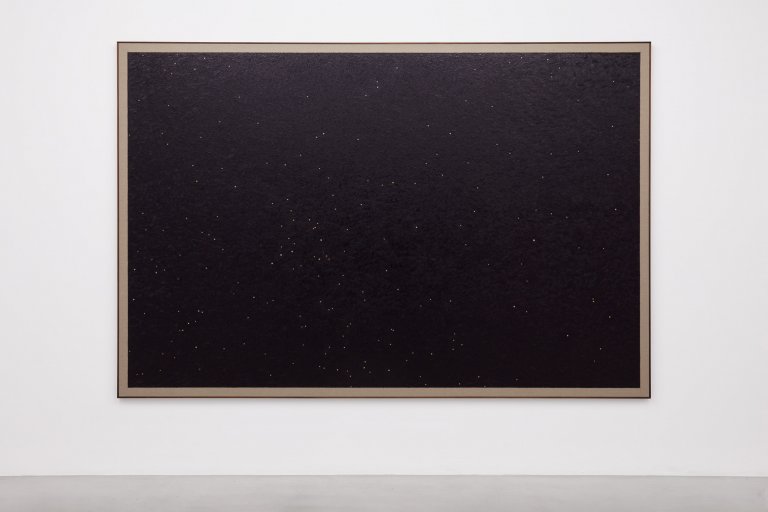
Center of the sun. Friday 13th October 4772. (End of first Piktun in Mayan Long Count calendar. View along the ecliptic.) 0° view towards the position of the Vernal Equinox along the ecliptic as seen from the center of the sun., 2020, oil on linen with walnut frame, 202 x 302 cm
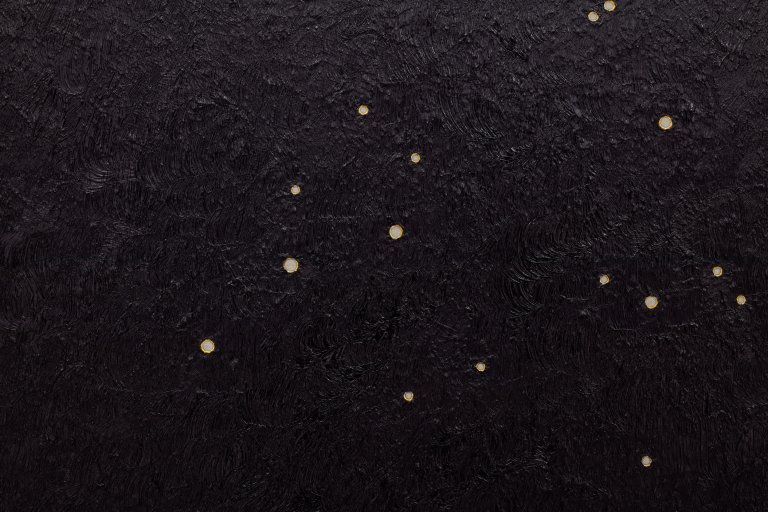
Center of the sun. Friday 13th October 4772. (End of first Piktun in Mayan Long Count calendar. View along the ecliptic.) 0° view towards the position of the Vernal Equinox along the ecliptic as seen from the center of the sun., 2020, oil on linen with walnut frame, 202 x 302 cm, detail
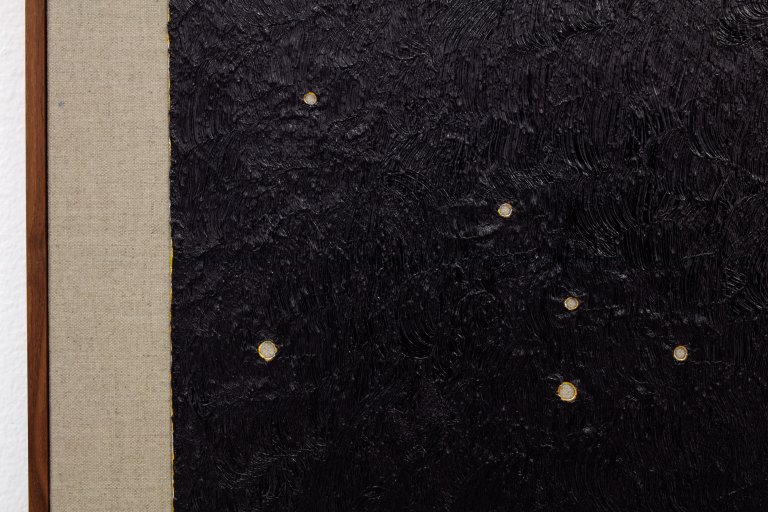
Center of the sun. Friday 13th October 4772. (End of first Piktun in Mayan Long Count calendar. View along the ecliptic.) 0° view towards the position of the Vernal Equinox along the ecliptic as seen from the center of the sun., 2020, oil on linen with walnut frame, 202 x 302 cm, detail
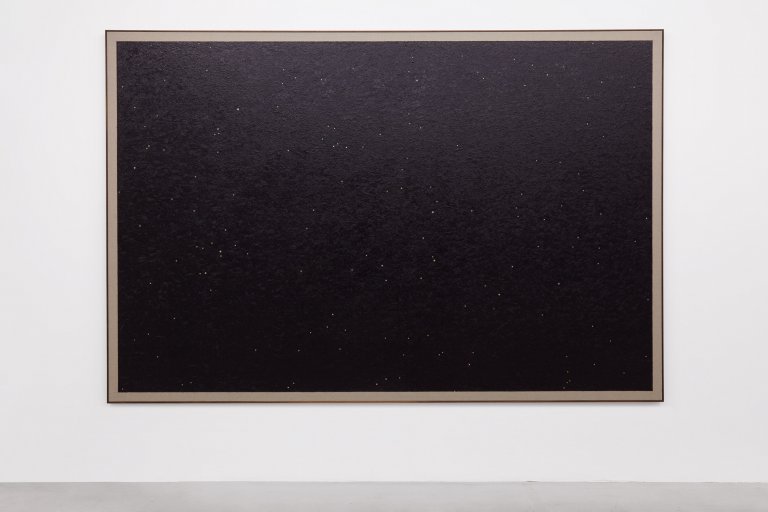
Center of the sun. Friday 13th October 4772. (End of first Piktun in Mayan Long Count calendar. View along the ecliptic.) 90° view towards the position of the Vernal Equinox along the ecliptic as seen from the center of the sun., 2020, oil on linen with walnut frame, 202 x 302 cm
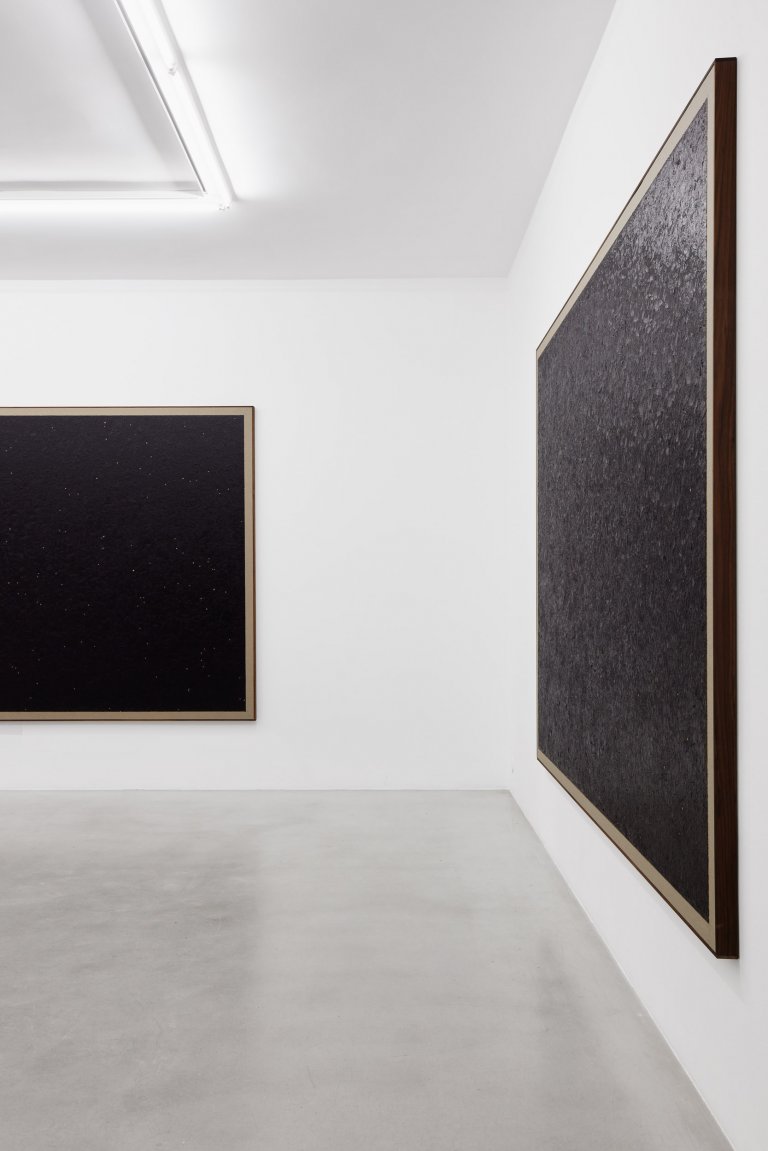
Installation view
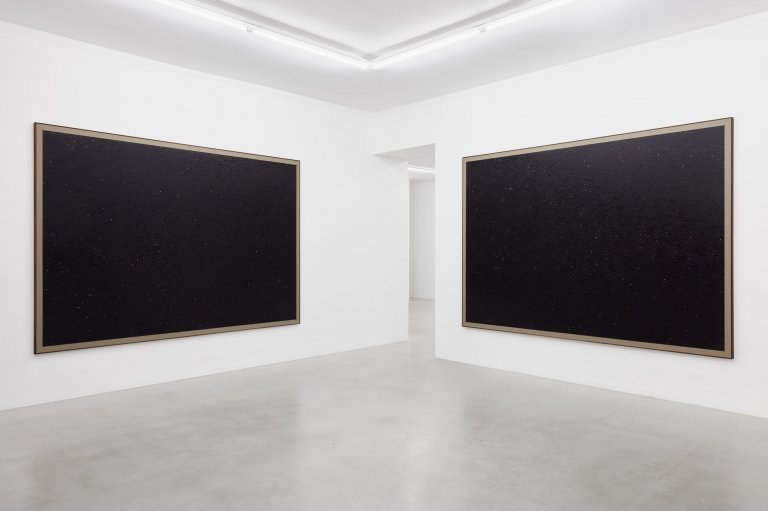
Installation view
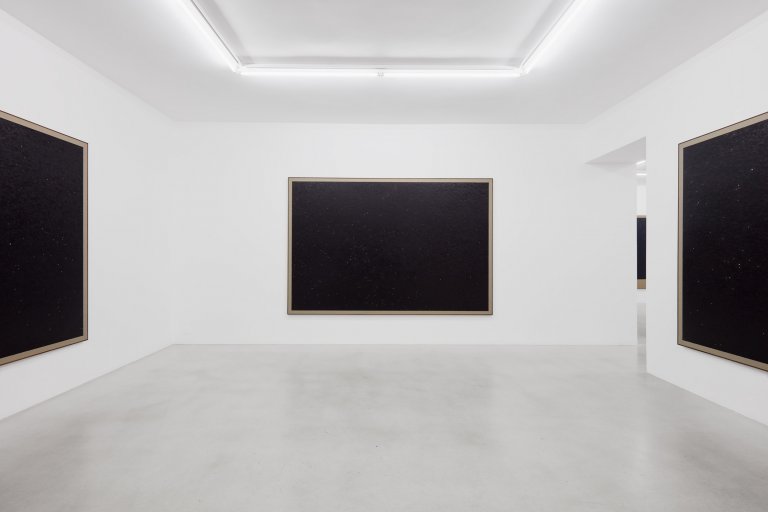
Installation view
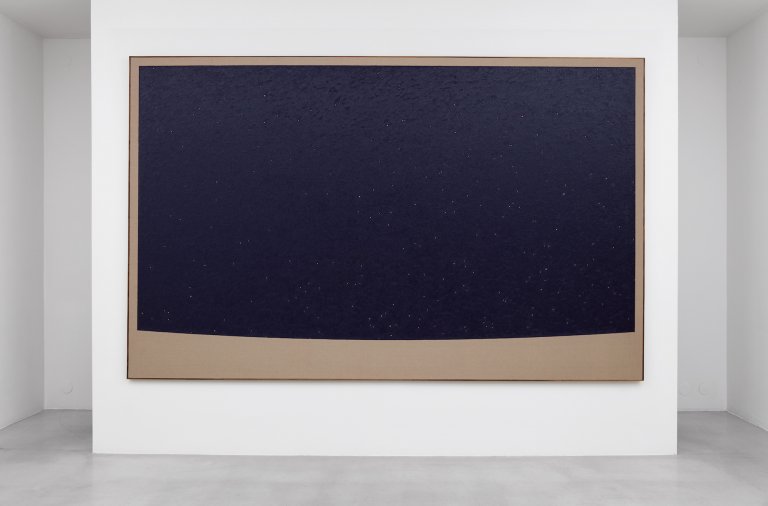
Stockholm. 1st January 100 000. North., 2020, oil on linen with walnut frame, 202 x 322 cm
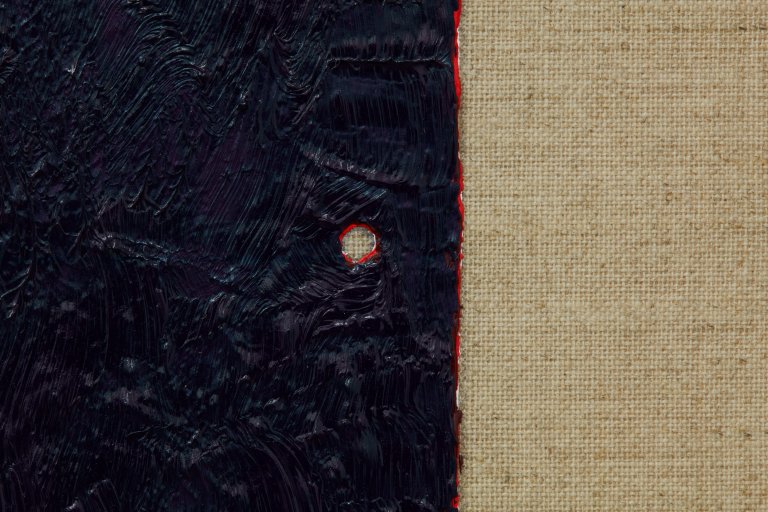
Stockholm. 1st January 100 000. North., 2020, oil on linen with walnut frame, 202 x 322 cm, detail
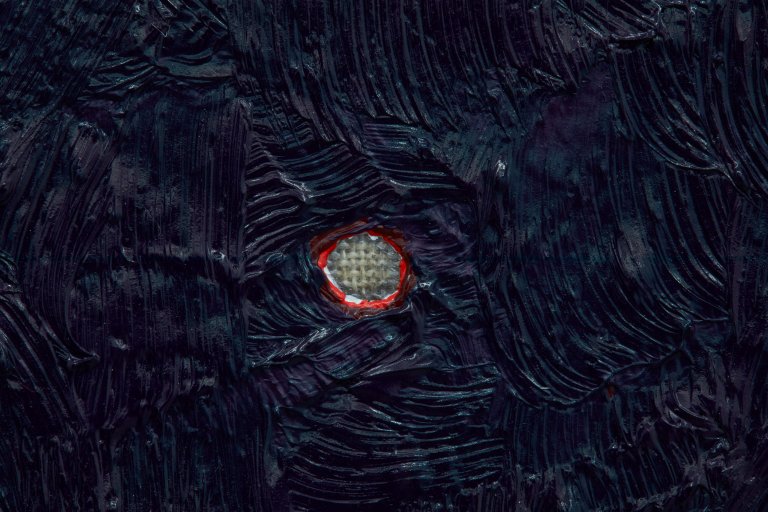
Stockholm. 1st January 100 000. North., 2020, oil on linen with walnut frame, 202 x 322 cm, detail
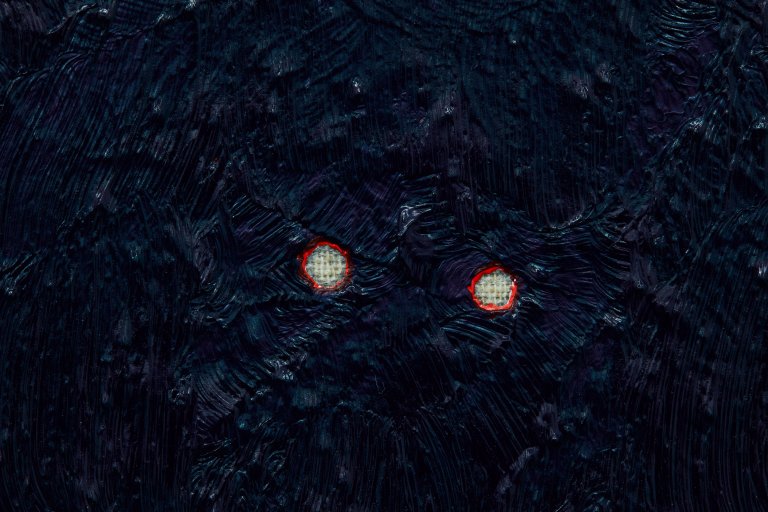
Stockholm. 1st January 100 000. North., 2020, oil on linen with walnut frame, 202 x 322 cm, detail
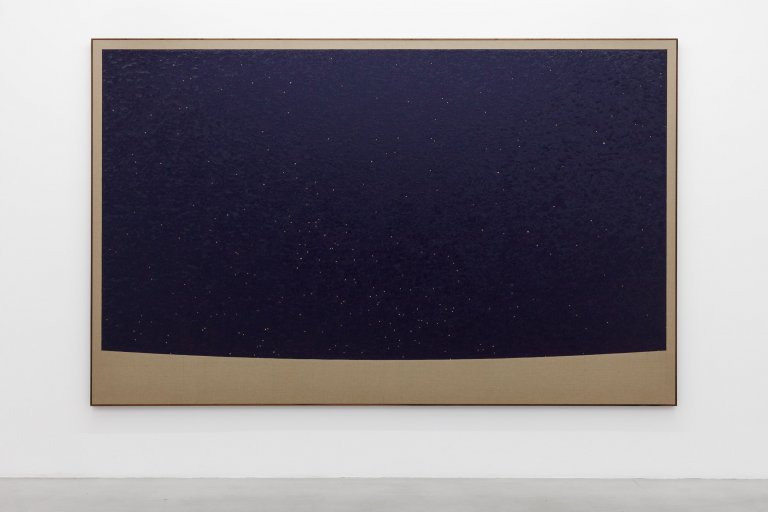
Stockholm. 1st January 100 000. South., 2020, oil on linen with walnut frame, 202 x 322 cm
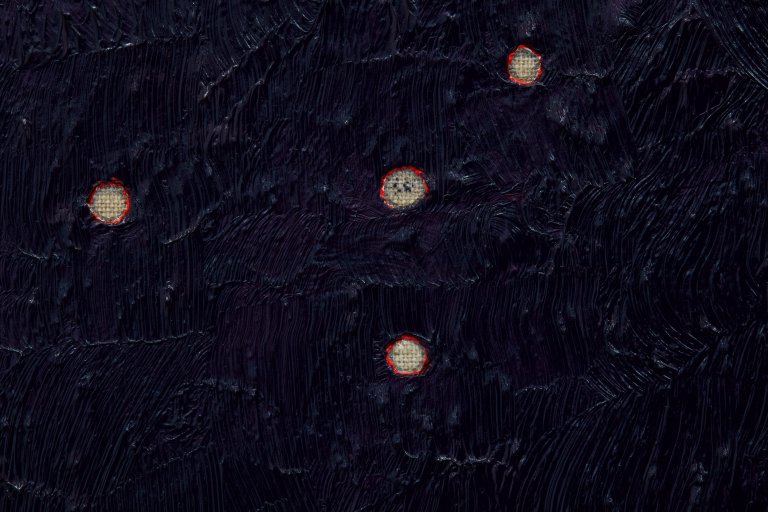
Stockholm. 1st January 100 000. South., 2020, oil on linen with walnut frame, 202 x 322 cm, detail
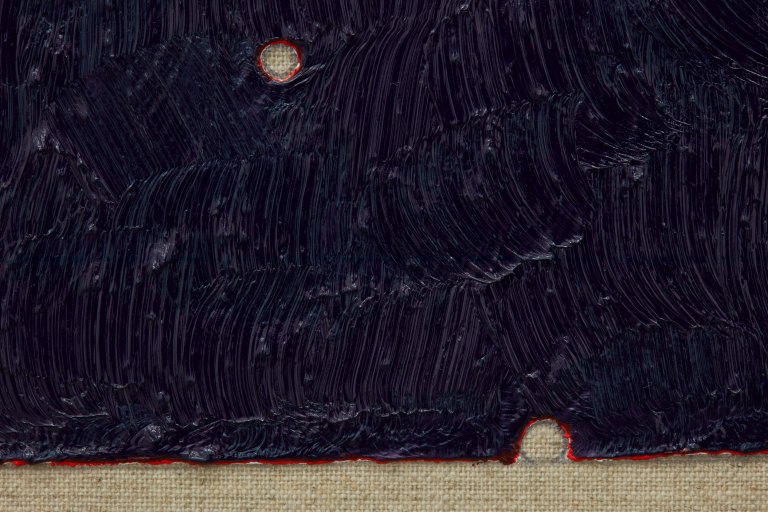
Stockholm. 1st January 100 000. South., 2020, oil on linen with walnut frame, 202 x 322 cm, detail